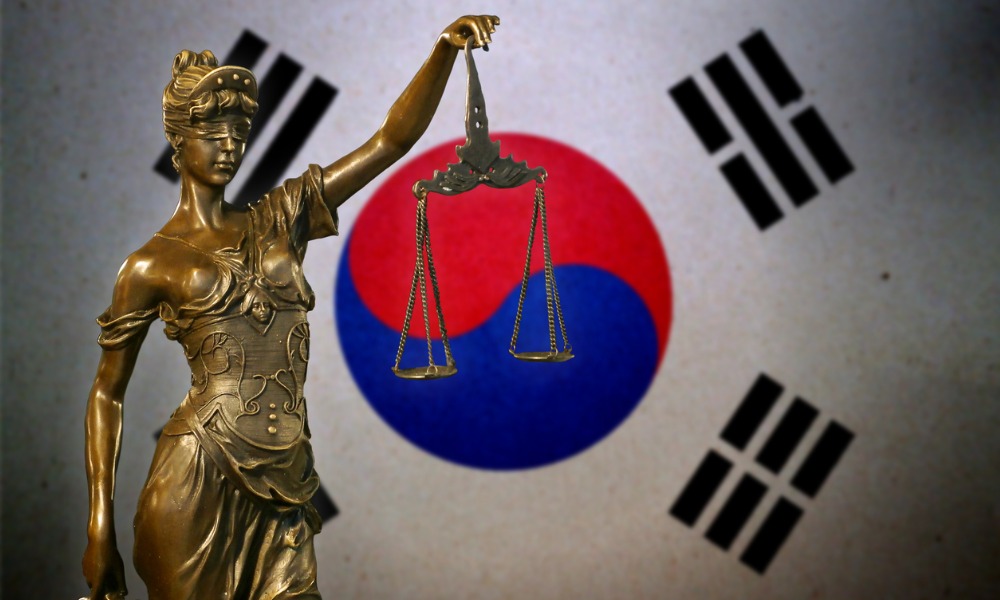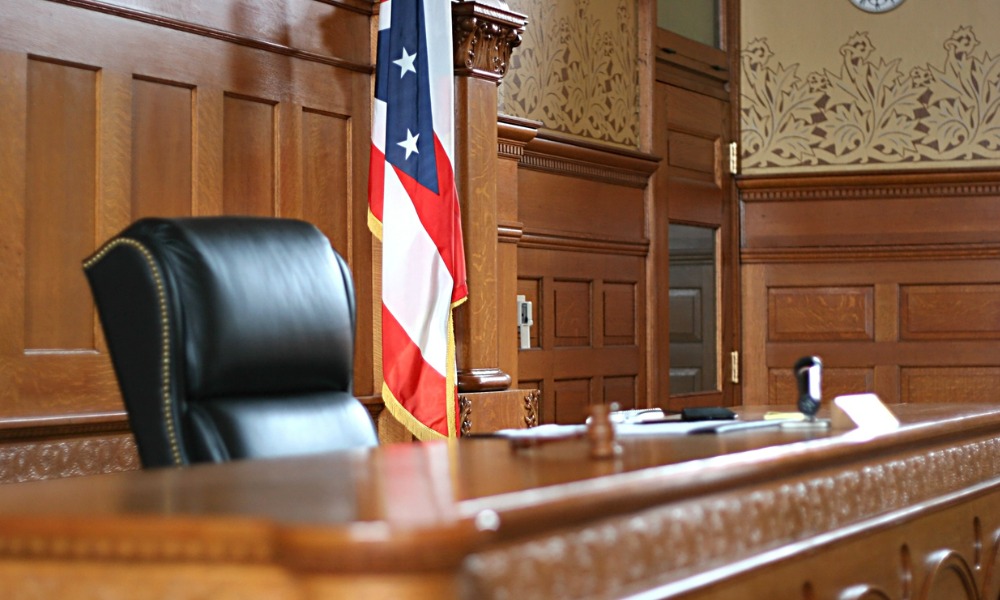NSW has become the first state in Australia to introduce the broadcasting of judgements and sentences in major criminal trials and legal experts are applauding the move
NSW is the first state in Australia to introduce legislation to support the broadcasting of judgments and sentences in major criminal trials.
Attorney-General Brad Hazzard says although other states such as Victoria allowed cameras into the courtroom at the discretion of the judiciary, NSW was the first in the country to pass a law creating a presumption in favour of filming final proceedings.
“NSW is leading the way to give media outlets better access to broadcasting judgments and sentences in the Supreme and District Courts,” Hazzard says. “We want the community to have confidence in the justice system, so it is important we demystify the court process by allowing cameras inside the courtroom.”
Ros Everett, the president of the Law Society of New South Wales, applauds the move and says it’s a significant step towards greater transparency in the justice system.
“The Chief Justice has done a very good job of leading this issue,” she told Australasian Lawyer. “It’s very important because it’s about transparency. Because a judge has to go through the process of summing up the evidence, it will mean the general public will listen to the summary and be able to understand more readily what’s going on in court.”
The case will be streamed out through a camera that’s placed in the courtroom, and the media will have access to the recorded footage.
Everett thinks the move could cause other states in Australia to follow suit.
“I think it will – New Zealand for example have been doing it for about five years and have found it to be very successful there,” she says.
She adds that it’s important to note that although the new law creates a presumption in favour of allowing filming and broadcasting of final proceedings in criminal cases and judgments in civil cases in the Supreme and District Court of NSW, there will be some limited yet vital exceptions.
Proceedings will not be broadcast where:
“I thank the Chief Justice the Honourable Tom Bathurst for his input and support in getting the right checks and balances for making the courts more open and transparent,” Attorney-General Hazzard says.
The current process of allowing one pool camera to film proceedings will continue.
Attorney-General Brad Hazzard says although other states such as Victoria allowed cameras into the courtroom at the discretion of the judiciary, NSW was the first in the country to pass a law creating a presumption in favour of filming final proceedings.
“NSW is leading the way to give media outlets better access to broadcasting judgments and sentences in the Supreme and District Courts,” Hazzard says. “We want the community to have confidence in the justice system, so it is important we demystify the court process by allowing cameras inside the courtroom.”
Ros Everett, the president of the Law Society of New South Wales, applauds the move and says it’s a significant step towards greater transparency in the justice system.
“The Chief Justice has done a very good job of leading this issue,” she told Australasian Lawyer. “It’s very important because it’s about transparency. Because a judge has to go through the process of summing up the evidence, it will mean the general public will listen to the summary and be able to understand more readily what’s going on in court.”
The case will be streamed out through a camera that’s placed in the courtroom, and the media will have access to the recorded footage.
Everett thinks the move could cause other states in Australia to follow suit.
“I think it will – New Zealand for example have been doing it for about five years and have found it to be very successful there,” she says.
She adds that it’s important to note that although the new law creates a presumption in favour of allowing filming and broadcasting of final proceedings in criminal cases and judgments in civil cases in the Supreme and District Court of NSW, there will be some limited yet vital exceptions.
Proceedings will not be broadcast where:
- It would reveal the identity of jurors, protected witnesses or victims;
- Proceedings contain significant material subject to suppression orders or material that would prejudice other trials or police investigations;
- It would put the safety or security of someone at risk;
- The Chief Judge of the District Court or the Chief Justice has directed the proceedings cannot be broadcast because it would be detrimental to the orderly administration of the court.
“I thank the Chief Justice the Honourable Tom Bathurst for his input and support in getting the right checks and balances for making the courts more open and transparent,” Attorney-General Hazzard says.
The current process of allowing one pool camera to film proceedings will continue.







